标签:[1] space width list 科学 img 回忆 plt 技术分享
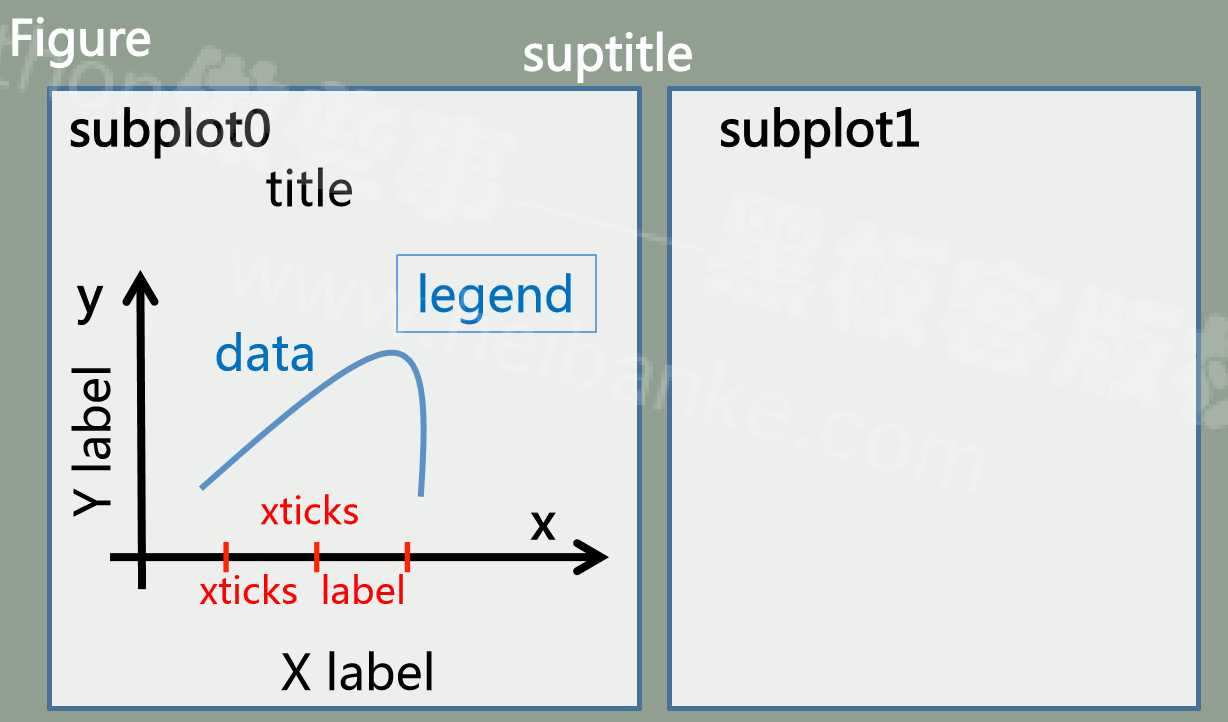
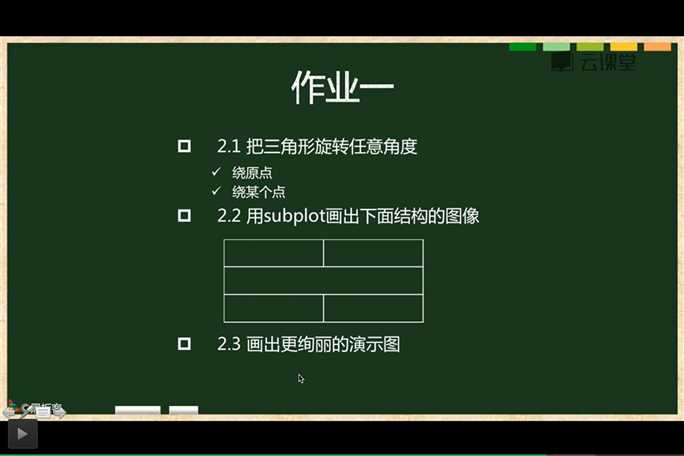
第一题:
import numpy as np
import matplotlib.pyplot as plt
x = [1, 2, 3, 1]
y = [1, 3, 0, 1]
def plot_picture(x, y):
plt.plot(x, y, color=‘r‘, linewidth=‘2‘, linestyle=‘--‘, marker=‘D‘, label=‘one‘)
plt.xticks(list(range(-5,5,1)))
plt.yticks(list(range(-5,5,1)))
plt.grid(True)
def rotate(x0, y0, point=[0, 0], angle=np.pi/2):
rx = []
ry = []
for i, pos in enumerate(zip(x0,y0)):
rx.append((x0[i]-point[0])*np.cos(angle) - (y0[i]-point[1])*np.sin(angle) + point[0])
ry.append((y0[i]-point[1])*np.cos(angle) + (x0[i]-point[0])*np.sin(angle) + point[1])
return rx, ry
print(rotate([3,1],[0,1],angle=-np.pi/2))
plot_picture(x, y)
plot_picture(rotate(x, y, angle=-np.pi / 2)[0], rotate(x, y, angle=-np.pi / 2)[1])
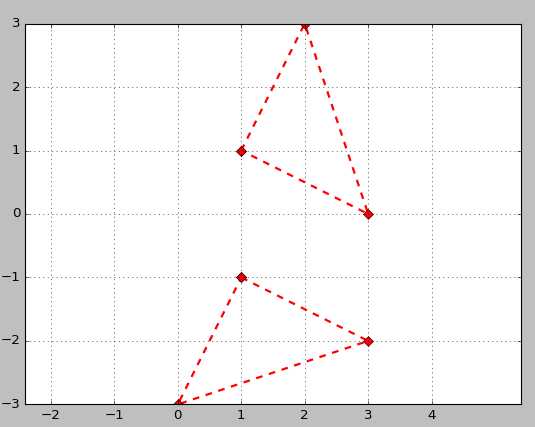
第二题:
% matplotlib inline import numpy as np import matplotlib.pyplot as plt fig = plt.figure() fig.add_subplot(321) fig.add_subplot(322) fig.add_subplot(312) fig.add_subplot(325) fig.add_subplot(326) fig.subplots_adjust(hspace=0.3)
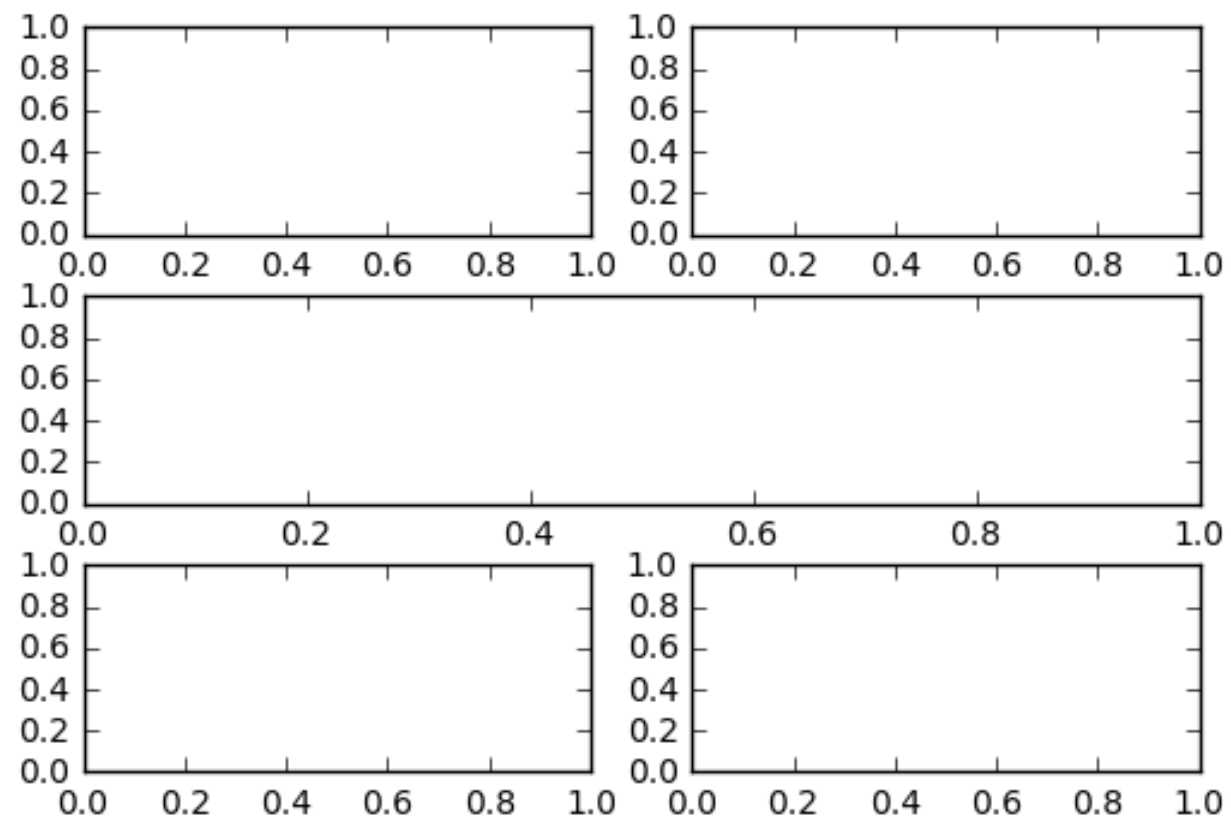
第三题:
def rotate(x0, y0, point=[0, 0], angle=np.pi/2):
rx = []
ry = []
for i, pos in enumerate(zip(x0,y0)):
rx.append((x0[i]-point[0])*np.cos(angle) - (y0[i]-point[1])*np.sin(angle) + point[0])
ry.append((y0[i]-point[1])*np.cos(angle) + (x0[i]-point[0])*np.sin(angle) + point[1])
return rx, ry
def draw_flower(step=4, start_point=[2,0]):
step = 2**step
start_x = [start_point[0]]
start_y = [start_point[1]]
x = []
y = []
b_x = []
b_y = []
for i in range(step):
angle = (step/4)*2*np.pi/(step-1)
start_x, start_y = rotate(start_x, start_y, angle=angle)
x += start_x
y += start_y
if i != 0:
b_x.append((x[-2]+start_x)/2)
b_y.append((y[-2]+start_y)/2)
plt.plot(x, y, ‘r‘)
plt.plot(b_x, b_y, ‘b.‘)
plt.axis(‘equal‘)
plt.grid(True)
draw_flower(6)
要求的菊花图,洞有点大,调整angle可以调整大小,
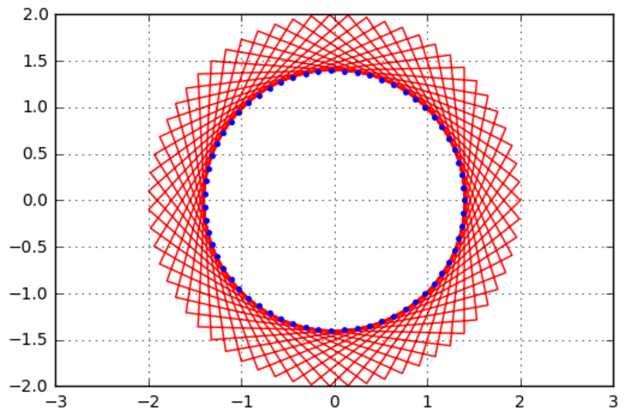
第三题需要一点解析几何计算,难度不大,主要是回忆几何知识比较痛苦,明明刚刚考过试的,哎。
『python』科学计算专项_科学绘图库matplotlib学习
标签:[1] space width list 科学 img 回忆 plt 技术分享
原文地址:http://www.cnblogs.com/hellcat/p/7081919.html